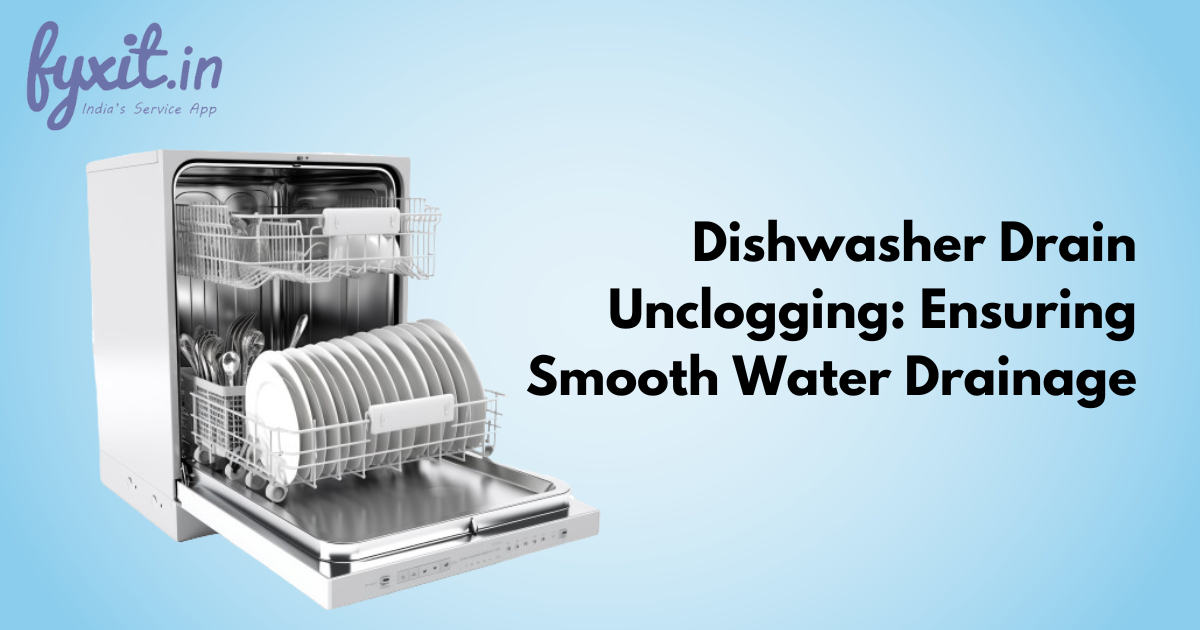Vacuum cleaners are essential tools for maintaining a clean and healthy living space, and the proper functioning of a vacuum largely depends on its various components, including the belt. The vacuum cleaner belt plays a crucial role in driving the brush roll, which is responsible for agitating and lifting dirt from carpets and floors. Over time, belts can wear out, stretch, or break, leading to a decrease in cleaning efficiency. This article provides a step-by-step guide on replacing vacuum cleaner belts to prevent breakdowns and ensure optimal performance.
Table of Contents
Signs of a Worn or Broken Vacuum Cleaner Belt
Loss of Suction: A decrease in suction power may indicate a loose or broken vacuum belt. The belt is essential for driving the brush roll, and a malfunctioning belt can result in reduced cleaning efficiency.
Unusual Noises: Strange noises, such as squealing or a high-pitched whining sound, may be an indication that the belt is slipping or about to break. Ignoring these noises can lead to a complete belt failure.
Burning Smell: A burning smell during vacuum operation can signal belt issues. Friction caused by a worn-out or misaligned belt can generate heat and produce an unpleasant odor.
Ineffective Brush Roll: If the brush roll is not spinning or is spinning sluggishly, it’s likely that the belt is not functioning correctly. The brush roll needs the proper tension from the belt to effectively agitate and pick up dirt.
Tools and Materials Needed
New Vacuum Belt: Purchase a replacement belt that is compatible with your vacuum cleaner model. Refer to the vacuum cleaner’s manual or check the manufacturer’s website for the correct belt specifications.
Screwdriver: Most vacuum cleaners have panels or covers that need to be removed for belt replacement. A screwdriver will be necessary for this step.
Work Surface: Clear a work area with ample space to lay out the vacuum cleaner and perform the necessary steps without any hindrance.
Access to the Brush Roll: Be prepared to access the brush roll, which is usually located in the bottom housing of the vacuum cleaner. This may involve removing screws or releasing clips to access the belt and brush roll.
Step-by-Step Guide for Replacing Vacuum Cleaner Belts
- Turn Off and Unplug the Vacuum Cleaner: Before performing any maintenance or replacement, ensure that the vacuum cleaner is turned off and unplugged. This is crucial for safety and prevents any accidental activation during the process.
- Identify the Belt Location: Refer to the vacuum cleaner’s manual to locate the belt. In most cases, the belt is connected to the brush roll and the motor pulley. You may need to flip the vacuum cleaner over to access the bottom housing.
- Remove the Cover or Panel: Using a screwdriver, remove the screws or release any clips securing the bottom cover or panel. This step provides access to the brush roll and the existing belt.
- Note the Belt Configuration: Take note of how the existing belt is configured around the brush roll and the motor pulley. This will be helpful when installing the new belt.
- Remove the Old Belt: Release the tension from the belt and remove it from the brush roll and motor pulley. Depending on the vacuum model, you may need to manually rotate the brush roll to provide slack for belt removal.
- Inspect the Brush Roll: While the belt is off, inspect the brush roll for any obstructions, debris, or damage. Clean the brush roll if necessary to ensure optimal performance.
- Install the New Belt: Place the new belt around the brush roll in the same configuration noted earlier. Then, stretch the belt over the motor pulley. Ensure that the belt is seated properly and securely on both the brush roll and the motor pulley.
- Rotate the Brush Roll: Rotate the brush roll manually to check if the belt is moving freely without any obstructions. Ensuring proper alignment during this step prevents operational issues caused by the belt.
- Replace the Cover or Panel: Once the new belt is installed and the brush roll is functioning correctly, replace the cover or panel and secure it with screws or clips. Ensure a tight and secure fit to prevent debris from entering the belt area.
- Test the Vacuum Cleaner: Plug in the vacuum cleaner and turn it on to test the new belt. Listen for any unusual noises, check the brush roll for proper rotation, and ensure that the vacuum is effectively picking up dirt. If everything is functioning as expected, you have successfully replaced the vacuum cleaner belt.
Tips for Preventive Maintenance
Regular Belt Checks: Periodically check the condition of the vacuum cleaner belt for signs of wear, stretching, or damage. Catching potential issues early can prevent more extensive problems.
Clean the Brush Roll: Clean the brush roll regularly to prevent debris buildup and ensure smooth belt operation. Accumulated hair, strings, and other debris can affect the belt’s performance.
Use Genuine Replacement Belts: Always use replacement belts recommended by the vacuum cleaner manufacturer. Using non-compatible or generic belts may result in improper tension and reduced performance.
Follow Manufacturer Guidelines: Adhere to the manufacturer’s guidelines for belt replacement intervals and maintenance recommendations. These guidelines are designed to keep your vacuum cleaner in optimal condition.
Professional Servicing: If you encounter persistent issues or are unsure about the replacement process, consider seeking professional servicing. Certified technicians can diagnose and address more complex problems.
Replacing vacuum cleaner belts is a straightforward yet crucial aspect of routine maintenance. By following this step-by-step guide, users can prevent breakdowns, maintain optimal cleaning efficiency, and prolong the lifespan of their vacuum cleaners. Regular checks, proper installation of genuine replacement belts, and adherence to preventive maintenance practices contribute to a well-functioning vacuum cleaner that consistently delivers excellent cleaning results.



